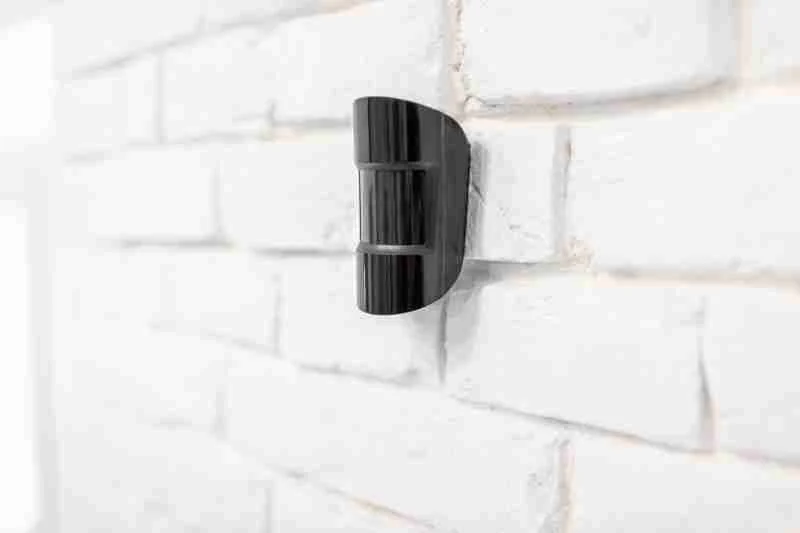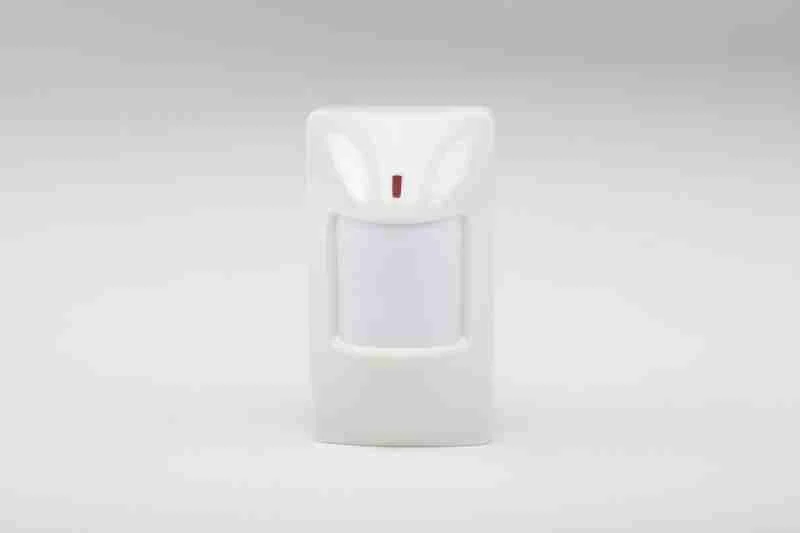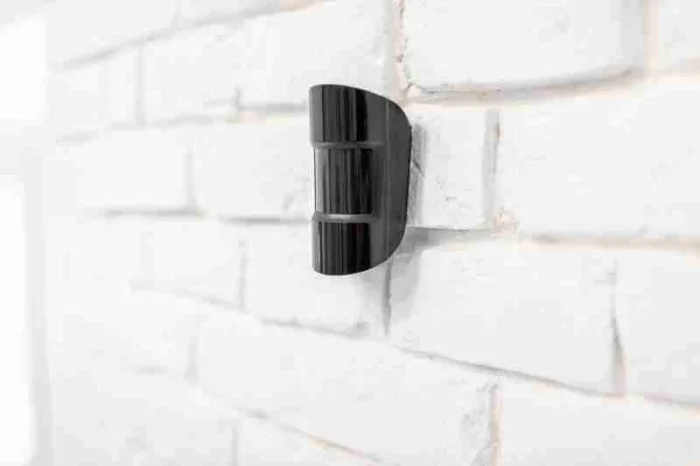
When looking for a crime deterrent safety-focused solution for your building, there are many physical security options out there. One great option is the motion sensor alarm. But how effective is this type of security, and is it worth the hype?
In this post, we break down the different types of motion sensor alarms. Then, we explore how they work and whether they’re worth investing in. Finally, we examine the potential for integrating motion sensor alarms with other security systems and devices.
In this post, discover:
- What is a motion sensor alarm?
- Motion sensor alarm applications
- What are the disadvantages of motion sensors?
- Integrating motion sensor alarms with other security technology
What is a motion sensor alarm?
A motion sensor alarm is a physical security device that alerts the owner of nearby activity and movement. They’re generally used to detect stray animals, burglars, or unauthorized people within the vicinity. Motion detectors can be effective crime deterrents, and give tenants in the building peace of mind.
How do motion sensor alarms work?
Generally, motion sensor alarms work by making noise, turning on a light, or otherwise alerting a building owner of movement and activity within a certain range. They can be used to startle and deter unauthorized people from entering a property or a room within a building.
Because there are different types of motion sensors, each one has its own methods and detection ranges.
Three types of motion sensors:
- Passive infrared sensors. Passive infrared, or PIR, sensors use infrared technology that detects heat signatures. These send alerts when they pick up a significant temperature change.
- Microwave. Perhaps the most well-known type of motion sensor, the MW (microwave) sensor, uses energy pulses to detect moving objects.
- Dual technology. For the best detection results, use a dual technology sensor. For example, a sensor that combines PIR with MW technology will have more efficient detection speeds.
Motion sensor alarm applications
Understanding the different types of motion sensors is a great start to boosting security at your building. However, knowing which cases call for a motion detection sensor will give you an even better perspective on your security needs.
Motion sensor use cases:
- Retail stores and commercial buildings. Because of the valuable contents they hold, retail stores and commercial buildings benefit from motion detection security alarms, especially a motion detector connected to a security system that sends alerts to local law enforcement. Small businesses will likely gain the most from a motion sensor alarm.
- Single-family homes. Home burglaries are an unfortunate reality of owning property. A lot of homeowners put motion sensors on top of garage doors and in their backyards for added home security.
- Construction sites. Construction sites often have costly equipment left unattended. A motion detector with an alarm provides a deterrent to would-be thieves or those hoping to tamper with the construction.
- Parking lots and garages. A motion sensor light alarm is a very useful device in dark parking garages or parking lots. Not only do they deter crime, but they can also provide automatic lighting upon detecting motion.
- Multifamily buildings. A motion detector in a multi-tenant building has many applications. It’s a great security device for detecting unwanted activity close by. It’s also inexpensive to install and a perfect security addition.
- Community gates. Gated communities, including unique properties like marinas, should take advantage of motion sensors and use them as automatic gate openers. However, there are better systems, such as LPRs — license plate readers — or vehicle access control systems.
Where should the detector be placed?
Motion sensor alarms, including infrared sensors, rely so much on movement, sound, and light, making placement a critical part of the installation process. Now that you know which applications are best for this type of technology, let’s talk about the best places to put sensors.
The best places to install motion sensor alarms:
- “Choke” points. Choke points such as doorways, hallways, and other “throughways” are great locations for sensors. The reason is that these areas leave no room for unwanted guests to move around without being detected by a sensor. One type of motion sensor alarm you may consider placing in your doorways is a door opening alarm.
- Vulnerable areas. Some rooms and areas are more vulnerable than others, including offices and rooms with monetary value. For example, any place that holds money, valuables, or expensive tech should be monitored.
- High visibility points. Did you know that angling your motion sensor light alarm downward produces the best results? Placing your outdoor motion sensor alarm at a spot with the best view will make sure signals aren’t blocked.
What are the disadvantages of motion sensors?
So, there are many advantages to installing a motion sensor detector, does that also mean there are disadvantages? As with everything, there are going to be aspects that may not result in a positive experience — namely, the possibility of false alarms.
It’s true that if a motion sensor alarm isn’t installed properly or placed in the right area, there may be higher chances of false alarms. Most causes of motion sensor false alarms are passing car lights, random passersby, and even insects or birds.
Yet, the rate of false alarms and fake alerts is outweighed by the increased security, especially when motion sensor alarms are paired with other security measures.

Integrating motion sensor alarms with other security technology
Depending on the brand, most WiFi motion sensor alarms can be integrated with other security devices. Security cameras and smart technology, such as smart locks, will help boost security monitoring by increasing the accuracy of motion detection.
Other security solutions that are easily connected by integration:
- Smart locks
- Keypads
- CCTV cameras
- Alarms
- Intercoms
Takeaways
- Installing a motion sensor alarm on your property is a great way to boost physical security.
- There are three types of motion sensor alarms: passive infrared sensors, microwave sensors, and dual technology motion sensors.
- Motion-sensing alarms can be installed at retail stores, single-family homes, gated communities, construction sites, parking garages, and multifamily buildings.
- While the advantages of motion sensor alarms are numerous, the biggest disadvantage is the possibility of false alarms.
- Wireless motion sensors with alarms can easily be used with other security technology devices, such as smart locks, cameras, intercoms, and alarms.







